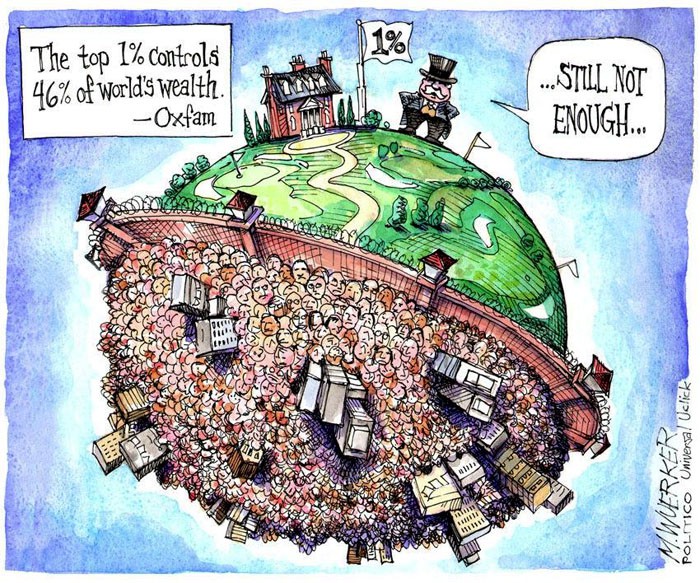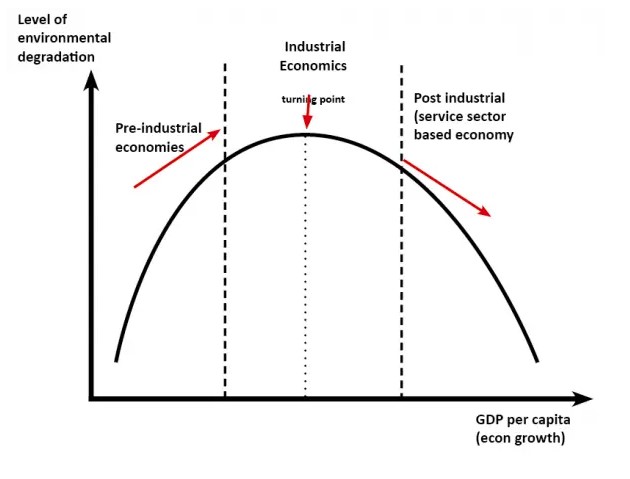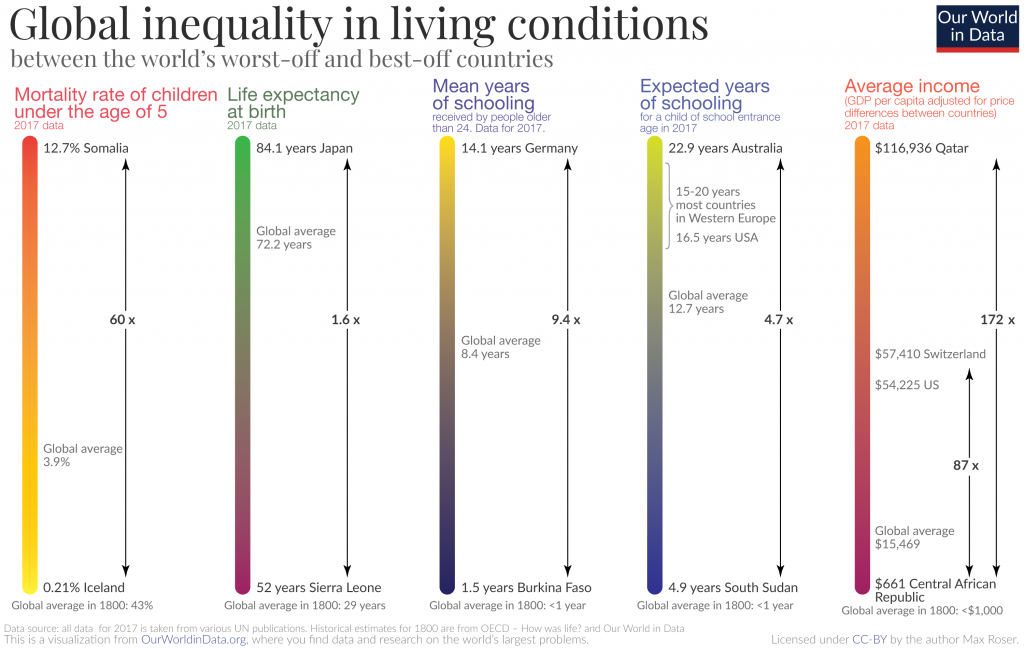
How Big Are We Going to Let the Inequality Gap Get?
Image: Matt Wuerker, Politico Magazine
By Annabel Jones
Can you still believe that in the 21st century people are living in absolute poverty, while others live a life of luxury? When examining inequality, we need to take into account the inequalities within countries as well as between them, whilst understanding the vast types of inequality that there is. As countries become more globalised the severity of inequality increases drastically.
When combining the fortunes of the world’s richest people, the total last year accumulated to $14 trillion. This Figure from Oxfam is particularly alarming when considering it is the same amount as the poorest 50% of the population, equalling to 3.8 billion people. These destressing figures show how the poor are remaining poor and the rich are getting richer. The Oxfam website also stated that taxation had an extensive role to play in extreme inequality. By abusing the global tax system, governments are becoming ultimately deprived of the social necessities that they require to function. Wealth is exported to tax heavens, where it becomes untaxed and unknown to government authorities. However, companies and individuals are occasionally prosecuted for these acts, but they often go unnoticed as they exploit weaknesses within the government system. Could you commit a serious crime knowing that it could lead to others in society living in extreme poverty?

https://www.economicshelp.org/blog/14337/environment/environmental-kuznets-curve/
A theory developed by economist Simon Kuznets in the 1950’s and 1960’s, known as the ‘Kuznets curve’, showed a theory on inequality. Kuznets thought it was perfectly normal for countries at the start to be more unequal, as capitalism developed meaning more wealth could be accumulated. This is depicted by the steepness at the start of the graph. Although, Kuznets also believed that society would eventually become more equal; hence the steep drop on the other side of the graph. The Kuznets curve is useful to a small degree as it shows that society does have the potential to reduce inequality, with a more equal distribution of wealth. However, this seems less and less plausible, as only a small group of people have access to invest in the market. While the wage of those that can invest grows, the wages of the poor are shrinking as a result of cheap labour.

https://ourworldindata.org/global-economic-inequality
A particular interesting theory surrounding inequality is the Convergence thesis. This theory focuses on the idea that it’s more about the location that you are born in, rather than who you are. “You cannot get healthy and wealthy on your own- societies make progress”. The representation above shows the variations in global inequality, from the most to the least developed countries. This theory proves to be very useful when trying to understand how we can try to tackle inequality on a global scale. Nevertheless, it is also important to consider the social problems that are caused as a result of inequalities, within a country. Inequality becomes more concentrated in a location if the misfortune is passed on from generation to generation, as it becomes a continues cycle. As the inequality within a country rises so does the social problems, as the economy is put under strain. If a country is considered to be rich it can still face high amounts of inequality, as the wealth isn’t distributed evenly, meaning groups in society are still struggling.
“Inherited wealth will dominate wealth amassed from a lifetime’s labour by a wide margin” Piketty (2014, p27). This reference from Piketty concludes the theory that wealth is so difficult to gain within society, due to the social and economic inequalities. Instead inherited wealth is what is most likely to secure a person’s economic status, thus showing an unequal distribution in wealth.
The big question is can inequality really be solved? Greater economic growth and democratisation does not in particularly lead to greater equality. Inequality varies on such a large scale between countries, that inequality within a country needs to be given a whole different approach. Hickel believed that the burden of debt needs to be relieved in countries, such as those in the global south, as well as more representations at global organisations. Although, this a valid approach to take, is it effective enough in the short term? Inequality is a very prominent issue today, whether that be locally, nationally or globally. There are inequalities all around us that need to be tackled, because who knows one day you might be a victim to the consequences of inequalities.
References
Piketty, T. (2014). Capital in the twenty-first century. Cambridge (Massachusetts): London.

0 Comments